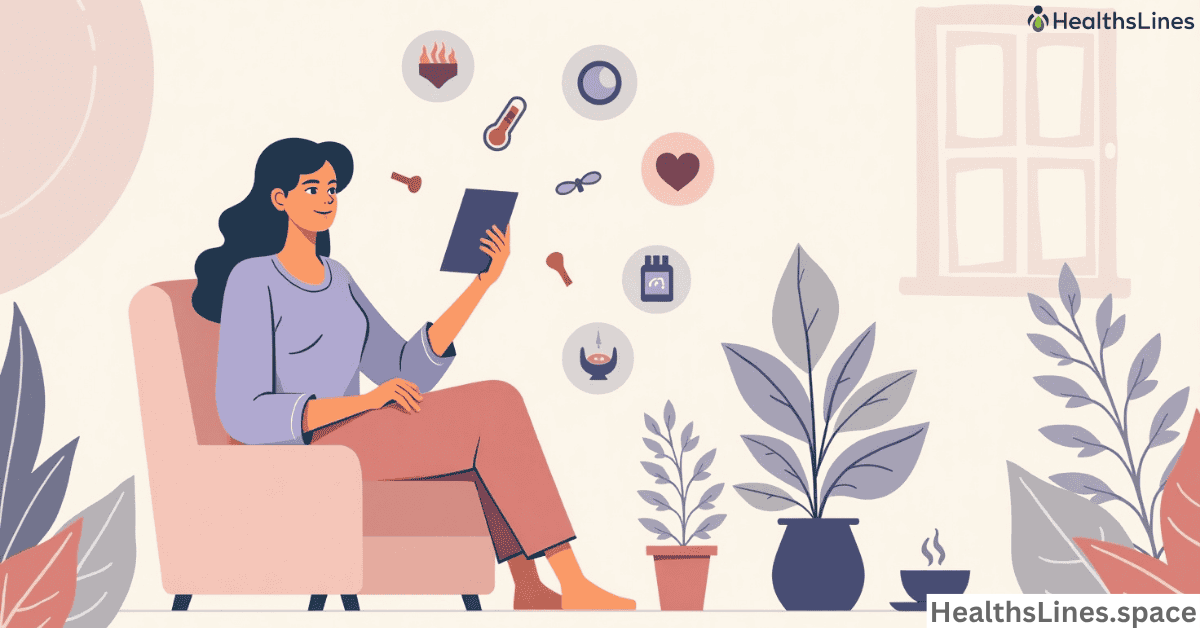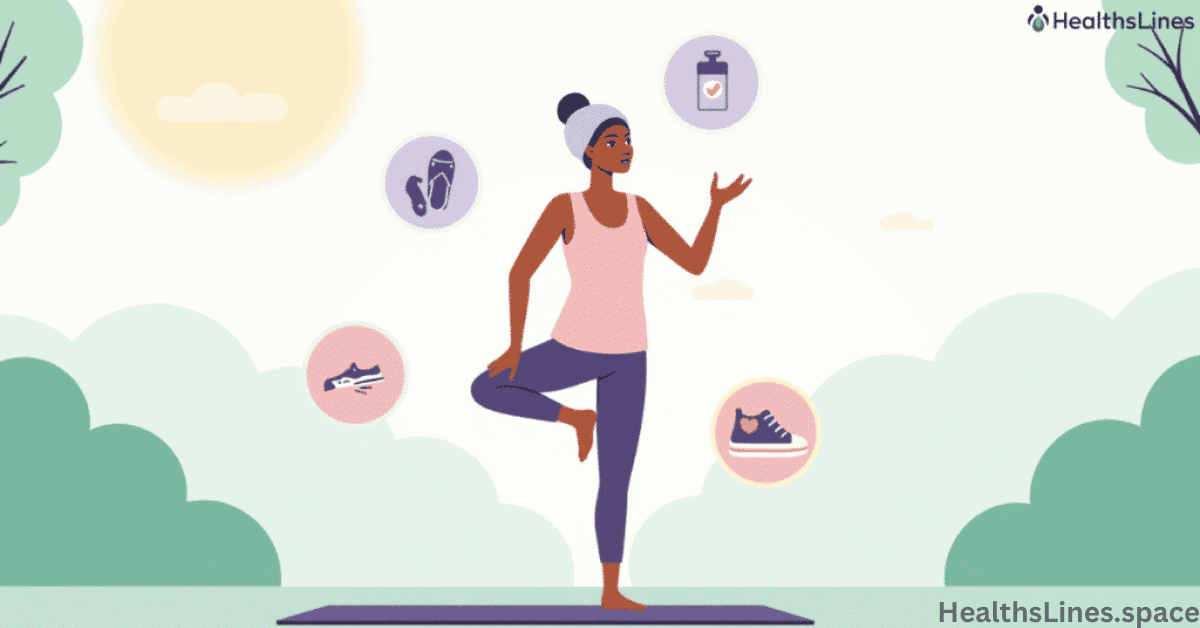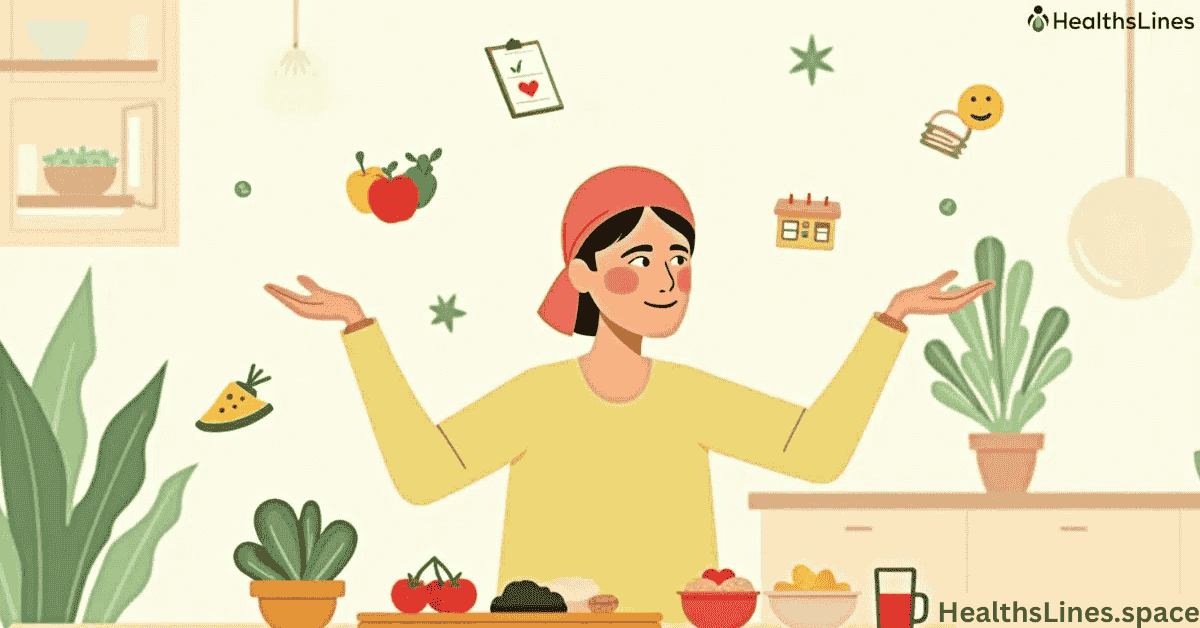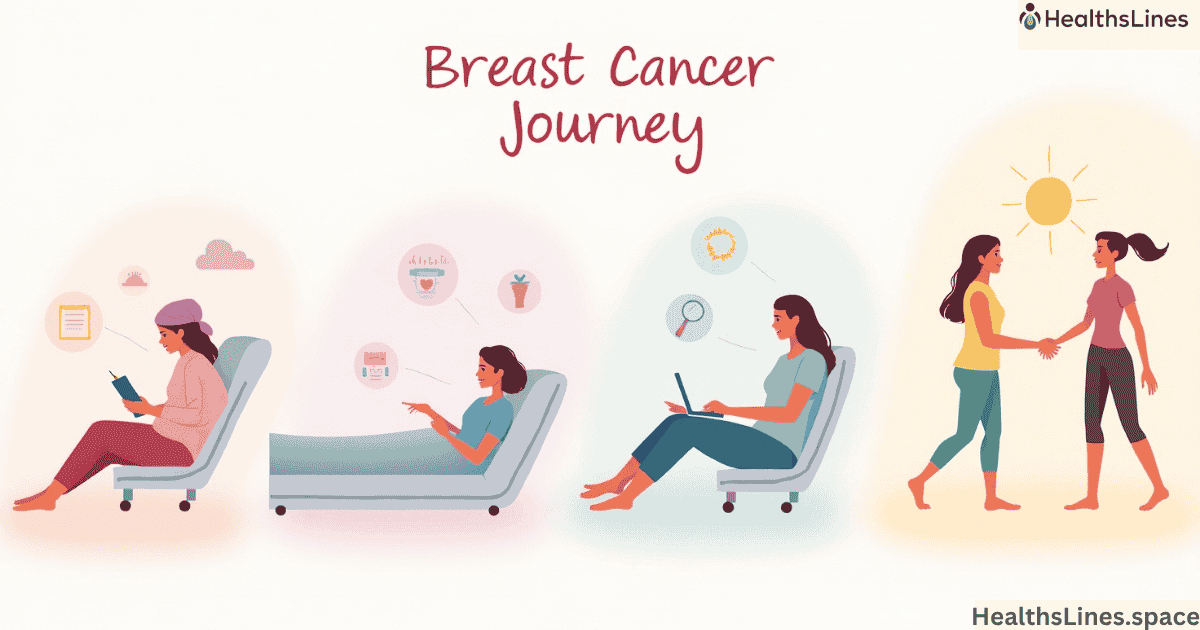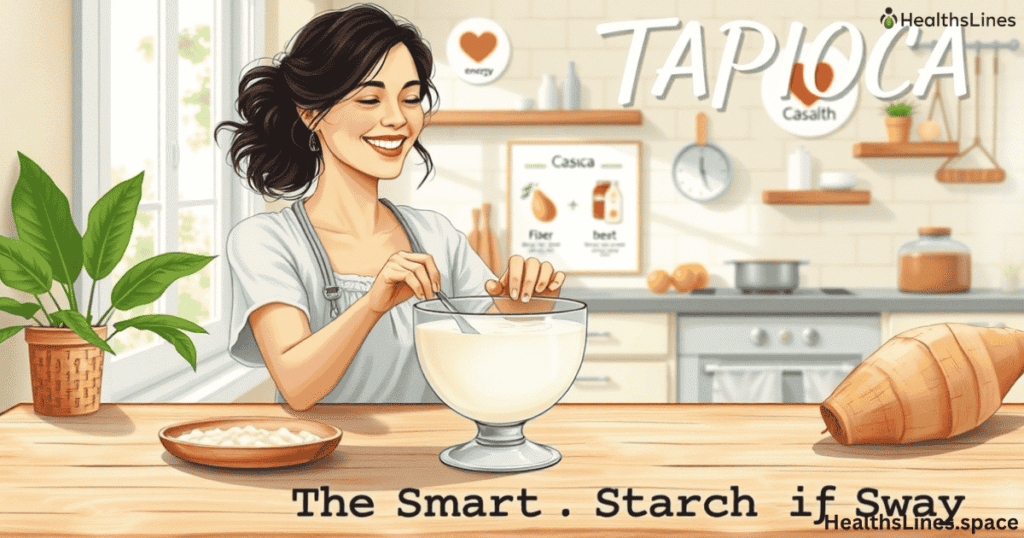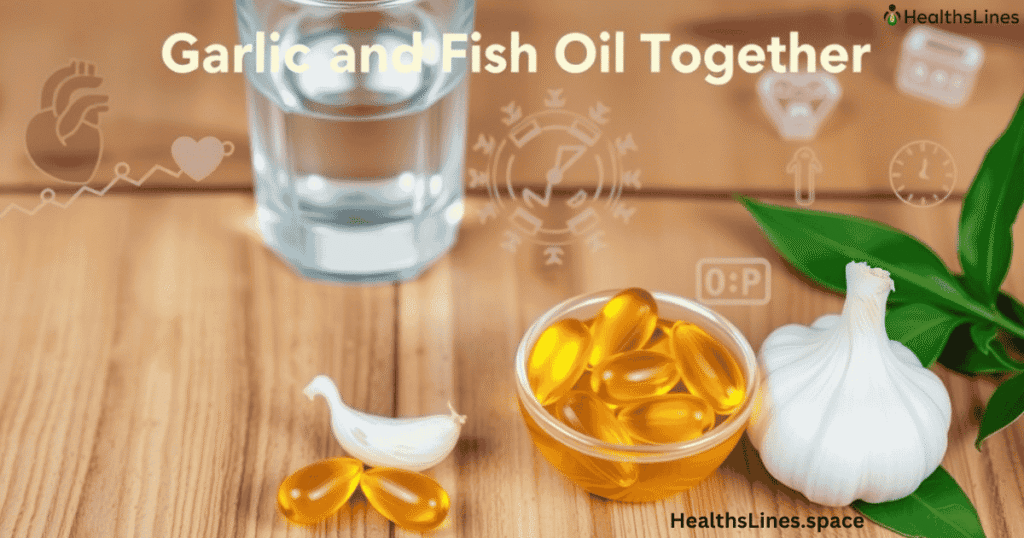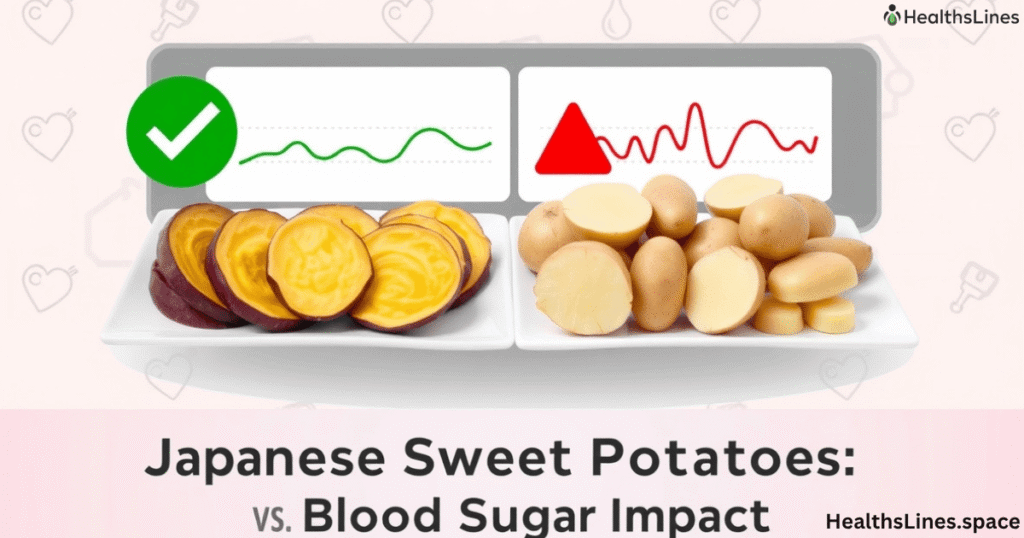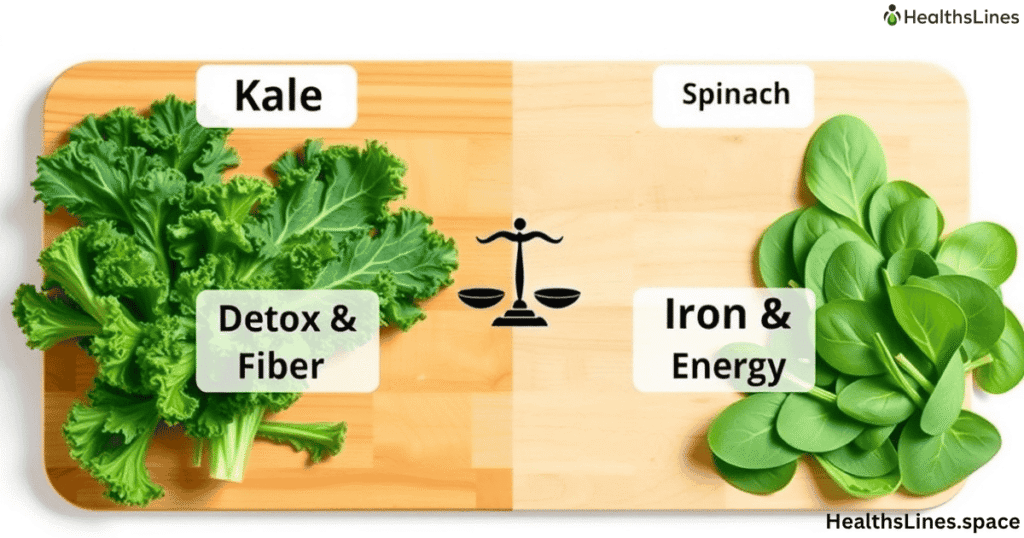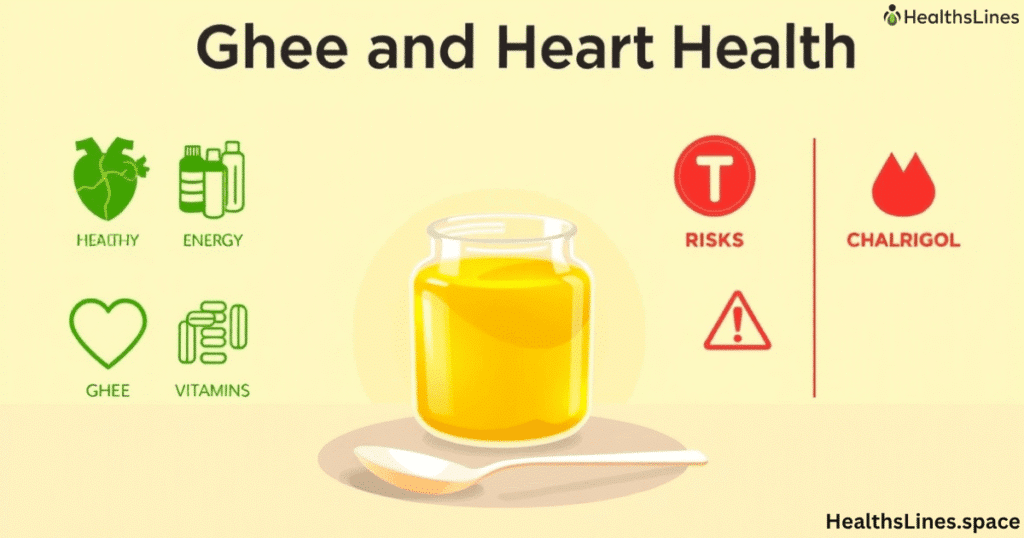Breast cancer is one of the most common types of cancer in the world. Many people ask the same question: can food lower the risk of breast cancer? The answer is yes. While food alone can’t guarantee prevention, choosing the right breast cancer food can support your body and reduce your cancer risk over time.
In this article, you’ll learn how certain foods can help stop the growth of breast cancer cells. These foods are rich in nutrients, antioxidants, and plant-based compounds that can protect your body at the cellular level. They can support gene regulation, improve hormone balance, and lower inflammation. Let’s look at the best dietary choices backed by real breast cancer studies.
Breast Cancer-Fighting Foods That Truly Work
Many breast cancer studies show that what you eat plays a big role in breast cancer development. A healthy diet gives your cells the fuel to fight off disease and helps your body remove harmful waste. These foods can even help after breast cancer screenings, especially if you’re at higher risk.
Cruciferous and Leafy Green Vegetables

Eating lots of leafy green vegetables like kale, spinach, mustard greens, and chard can help lower your risk. These vegetables are packed with carotenoid antioxidants, which protect cells from damage. In a study published in the Journal of the National Cancer Institute, higher carotenoid levels in the blood were linked to a lower risk of breast cancer development.
Cruciferous vegetables such as broccoli, cauliflower, and cabbage contain glucosinolate compounds. When you eat these vegetables, your body turns glucosinolates into isothiocyanates, which help slow the growth of breast cancer cells. Research shows that women who eat more cruciferous vegetables have fewer signs of cancer-promoting hormones.
Citrus Fruits and Colorful Berries
Fruits rich in color also protect your body. Citrus fruits such as oranges, grapefruits, lemons, and limes contain flavonoid antioxidants, vitamin C, and carotenoids. These nutrients boost your immune system and help reduce oxidative stress, which plays a role in cancer risk.
Berries, especially blueberries, are loaded with anthocyanins. These plant pigments not only give berries their color but also stop the spread of breast cancer cells in lab studies. One case study found that eating a diet high in antioxidants like those in berries improved recovery during breast cancer treatment.
Whole Grains and Beans for Hormonal Balance
Eating whole grains like wheat, brown rice, quinoa, and barley is another great way to lower breast cancer risk. These foods are rich in fiber, which helps your body remove excess estrogen. Estrogen imbalance is one of the key factors in breast cancer development.
Beans, such as black beans and lentils, also have a high fiber content and are packed with vitamins, minerals, and plant-based compounds that block cancer signals. Some studies found that women who regularly eat beans have fewer hormone-related health issues and a lower risk of breast cancer.
Table: Fiber Content in Whole Grains & Beans
| Food | Fiber per Cup |
|---|---|
| Brown Rice | 3.5g |
| Quinoa | 5g |
| Black Beans | 15g |
| Lentils | 16g |
Fatty Fish and Omega-3 Power
Fat is not always the enemy. In fact, some fats help protect your body from breast cancer development. Fish like salmon, sardines, and mackerel are rich in omega-3 fats, especially alpha-linolenic acid, which fights inflammation and supports immune function.
Studies suggest that diets high in heart-healthy fats from fatty fish may reduce the risk of aggressive breast cancer cells. One long-term study showed that women who ate fish two times a week had lower levels of harmful inflammatory markers in their blood.
Fermented Foods for Gut and Hormone Health
Gut health plays a big role in how your body breaks down estrogen. Fermented foods such as yogurt, kimchi, miso, and sauerkraut are full of probiotics—the good bacteria your gut needs to stay balanced.
When your gut is healthy, your body can remove harmful toxins more efficiently. That means fewer chances for estrogen to build up and trigger breast cancer development. A recent Japanese study showed that women who ate more fermented foods had stronger immune responses and fewer markers of cancer.
Herbs, Spices, and Cancer-Fighting Compounds
Nature’s medicine cabinet is full of herbs and spices that have real anti-cancer effects. Garlic, onions, and leeks are allium vegetables rich in organosulfur compounds that help kill damaged cells and reduce inflammation.
Spices like turmeric, which contains curcumin, and oregano, which contains apigenin, are loaded with polyphenol antioxidants. These help block signals that tell breast cancer cells to grow. A 2020 lab study found that curcumin helped reduce the size of tumors in mice.
Walnuts: A Small Nut With Big Benefits
Walnuts are a true superfood. They contain omega-3 fats, fiber, and polyphenol antioxidants that help regulate genes linked to cancer. In a small human trial, women who ate two ounces of walnuts a day for two weeks showed changes in gene regulation related to breast cancer suppression.
Some of these compounds may slow tumor growth and reduce blood supply to cancer tissues. Even better, walnuts make a great snack and can easily fit into any meal.
Foods to Avoid or Limit for Better Breast Health
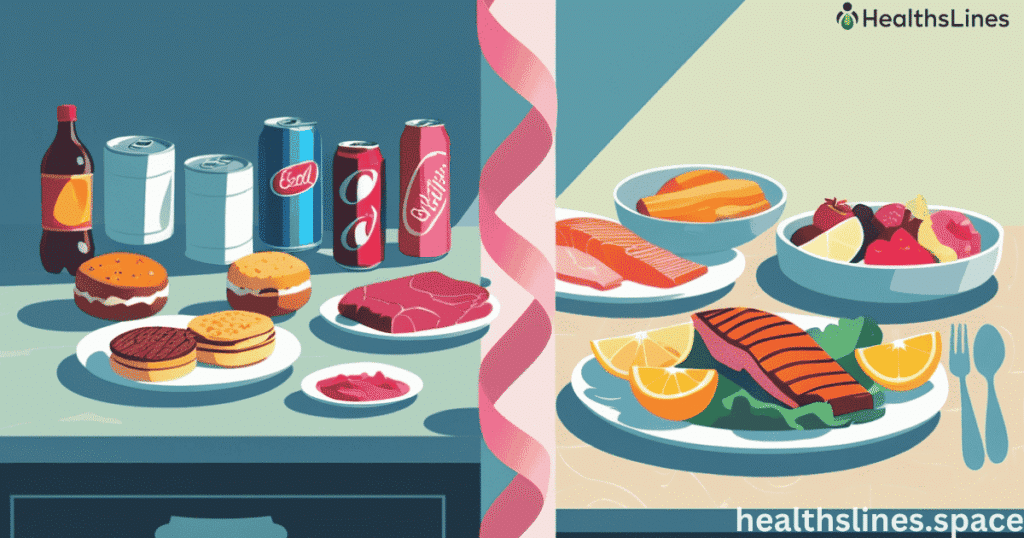
Just like some foods protect you, others raise your cancer risk. Diets high in processed meats, refined carbs, and sugar can fuel inflammation and hormone imbalance. These foods make it easier for cancer to grow and harder for your body to stop it.
Too much alcohol and saturated fat also raise estrogen levels, which may trigger breast cancer development. Experts recommend no more than one drink per day and choosing fats from nuts, seeds, and fatty fish instead.
The Truth About Soy and Breast Cancer
There’s been debate about soy. Some think it acts like estrogen and fuels cancer. But recent breast cancer studies show that moderate soy foods like tofu and edamame are actually safe and may protect against breast cancer. The key is eating whole soy foods, not processed soy isolates.
Soy contains isoflavones, which act like weak estrogens in the body. These may block stronger estrogens from attaching to cells. In countries where soy is a major food, breast cancer rates are much lower.
Eat for Prevention: Build Your Daily Anti-Cancer Plate
You don’t need to follow a strict diet. Just make smart choices. Fill half your plate with leafy green vegetables and cruciferous vegetables, add beans or whole grains, include some fatty fish, and enjoy a serving of citrus fruits or berries.
Sample Prevention Plate Layout
| Plate Section | What to Include |
|---|---|
| Half Plate | **Leafy greens**, **cruciferous vegetables**, berries |
| Quarter Plate | **Whole grains**, **beans** |
| Quarter Plate | **Fatty fish** or plant protein |
Final Thoughts
You don’t have to change everything overnight. Start small—add a few more servings of leafy green vegetables, swap processed snacks for nuts or berries, and try fermented foods like yogurt. Over time, these choices add up.
Food won’t cure breast cancer, but the right breast cancer food choices can help your body stay strong and reduce your cancer risk. It’s one of the simplest, most powerful things you can do every day to support your health.
Sources:


